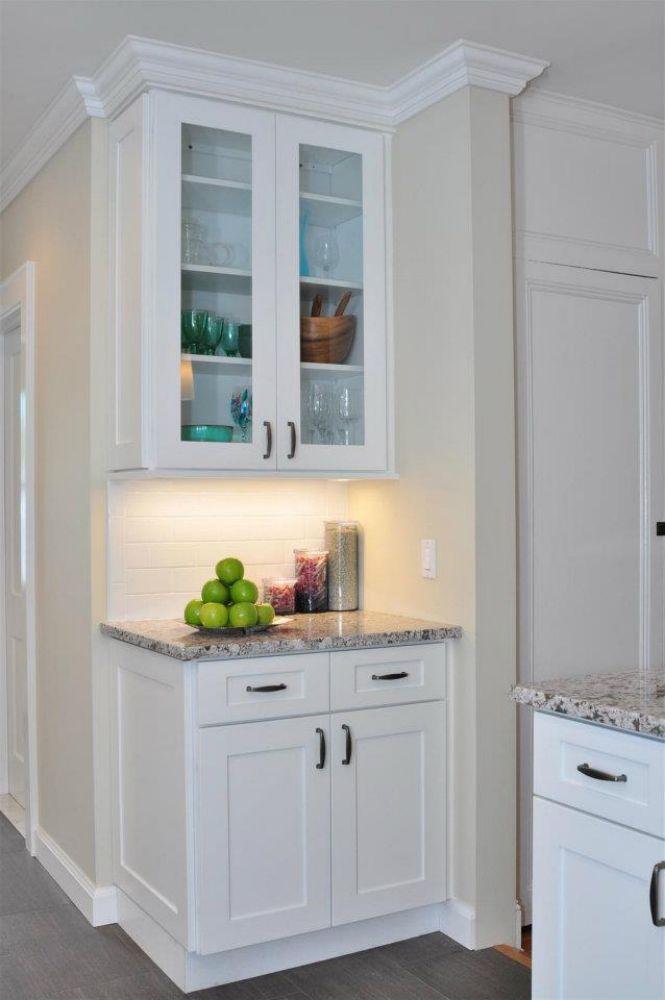Introduction to Cabinet Installation
Forevermark Gramercy White cabinets are a popular choice among homeowners due to their timeless design, durability, and versatility. With a crisp, clean white finish, these cabinets are suitable for modern, transitional, and traditional kitchen and bathroom designs. While the cabinets are designed for quality and longevity, one common question homeowners ask is whether professional installation is necessary.
Understanding the installation requirements, potential challenges, and tools needed can help homeowners decide whether to tackle the project themselves or hire a professional installer. This article provides a detailed discussion of the factors involved in installing Gramercy White cabinets and evaluates the pros and cons of professional versus DIY installation.
Understanding Gramercy White Cabinets
Before considering installation, it’s important to understand the characteristics of Gramercy White cabinets:
-
Material Quality: Cabinets are made from high-quality plywood or MDF with reinforced panels, providing durability and resistance to warping.
-
Finish: Smooth white finish designed to maintain a clean, contemporary look. Care must be taken during installation to avoid scratches or damage.
-
Hardware: Equipped with soft-close hinges and drawers that require precise alignment for proper functionality.
-
Customizability: Available in various sizes, specialty cabinets, and configurations to fit unique layouts, including base, wall, and tall units.
These features make Gramercy White cabinets both visually appealing and functional, but they also require careful handling during installation to maintain quality and performance.
Tools and Equipment Required for Installation
Whether choosing a DIY approach or professional installation, certain tools are essential for successful installation:
-
Measuring Tape and Level: Accurate measurement is critical to ensure cabinets are aligned and level.
-
Stud Finder: Necessary for securely anchoring cabinets to wall studs.
-
Power Drill and Drill Bits: For creating pilot holes and securing screws.
-
Screwdrivers: Both manual and powered screwdrivers help attach hardware and adjust alignment.
-
Clamps and Shims: Used to hold cabinets in place and adjust for uneven floors or walls.
-
Safety Gear: Gloves, safety glasses, and dust masks protect both the installer and the cabinet surfaces.
Proper tools are crucial to avoid damage to the cabinet finish and ensure precise installation.
Installation Complexity
Installing Gramercy White cabinets is moderately complex due to the following factors:
-
Precise Alignment: The soft-close hinges and drawers must be aligned accurately to function properly. Misalignment can lead to doors not closing smoothly or drawers sticking.
-
Leveling Requirements: Uneven floors or walls require shims and careful adjustment to ensure cabinets are level.
-
Custom Configurations: Specialty cabinets, islands, or floating vanities may require additional structural support or custom modifications.
-
Handling and Protection: Cabinets must be handled carefully to prevent scratches, dents, or damage to the white finish.
These factors contribute to the question of whether professional installation is necessary, especially for homeowners with limited experience.
Pros of Professional Installation
Hiring a professional installer offers several advantages:
-
Experience and Expertise: Professionals have experience handling high-end cabinets and can avoid common mistakes.
-
Precision: Proper alignment, leveling, and attachment to wall studs ensure doors and drawers operate smoothly.
-
Efficiency: Professional installation is typically faster, reducing the time and effort required for a DIY project.
-
Warranty Compliance: Some cabinet warranties require professional installation to remain valid.
-
Reduced Risk of Damage: Professionals are trained to handle cabinets carefully, minimizing the risk of scratches or finish damage.
For complex layouts, multi-level kitchens, or floating vanities, professional installation may be particularly beneficial.
Pros of DIY Installation
While professional installation has advantages, some homeowners may prefer to install Gramercy White cabinets themselves. Advantages include:
-
Cost Savings: DIY installation eliminates labor costs, which can be significant for premium cabinets.
-
Personal Satisfaction: Installing cabinets personally can provide a sense of accomplishment.
-
Flexible Timing: DIYers can work at their own pace without coordinating schedules with installers.
-
Control Over Details: Homeowners can make precise adjustments and ensure the installation meets their preferences.
However, DIY installation requires careful planning, proper tools, and attention to detail to avoid mistakes that could compromise the cabinet function or finish.
Key Steps in Installation
Whether professional or DIY, the installation process typically follows these steps:
-
Wall Preparation: Ensure walls are clean, smooth, and marked for stud locations.
-
Base Cabinet Installation: Begin with base cabinets, leveling each one using shims as needed.
-
Securing Cabinets: Attach cabinets to wall studs with heavy-duty screws and brackets.
-
Wall Cabinet Installation: Use a laser level or spirit level to ensure proper height and alignment.
-
Hardware Attachment: Install soft-close hinges, drawer slides, handles, and knobs.
-
Final Adjustments: Check door alignment, gaps, and drawer operation. Make minor adjustments as necessary.
Following these steps carefully ensures a stable, functional, and visually appealing installation.
Factors That Influence the Need for Professional Installation
-
Cabinet Layout Complexity: Islands, floating vanities, and corner cabinets may require additional support and alignment skills.
-
Homeowner Experience: Those with basic carpentry or DIY experience may feel comfortable installing cabinets themselves, while beginners may struggle.
-
Time Constraints: Professionals can complete the installation more quickly and efficiently.
-
Warranty Requirements: Some manufacturers, including Forevermark, may require professional installation for warranty coverage on certain lines.
-
Tools Availability: Professionals bring specialized tools, such as laser levels, clamps, and heavy-duty drills, which may not be available to DIYers.
Maintenance Considerations Post-Installation
Proper installation directly impacts long-term maintenance:
-
Soft-Close Hardware: Properly aligned hinges and drawer slides reduce wear and prevent damage over time.
-
Cabinet Finish: Careful handling during installation prevents scratches, chips, or stains.
-
Stability: Securely anchored cabinets reduce risk of sagging or detachment, which can affect both function and safety.
-
Cleaning: Smooth white surfaces are easy to clean, but damage from improper installation can create areas that trap dirt or moisture.
Professional installation helps ensure cabinets maintain their pristine appearance and functional integrity for years.
Conclusion
Forevermark Gramercy White cabinets do not strictly require professional installation; a homeowner with moderate DIY skills, proper tools, and careful planning can successfully install them. However, the precision required for leveling, alignment, soft-close hardware adjustment, and handling of high-quality finishes makes professional installation highly recommended, especially for complex layouts, floating vanities, or high-end designs.
Professional installation offers peace of mind, efficiency, and reduced risk of damage, while DIY installation can save money and provide personal satisfaction if executed correctly. Ultimately, the decision depends on the homeowner’s experience, confidence, available tools, and willingness to dedicate time to ensure a high-quality, durable installation.
Frequently Asked Questions
Q1: Can I install Gramercy White cabinets myself if I have basic DIY skills?
A: Yes, with proper tools, careful planning, and patience, a homeowner can install Gramercy White cabinets, though professional installation is recommended for complex layouts.
Q2: Is professional installation required to maintain the cabinet warranty?
A: Some manufacturers may require professional installation for warranty coverage, so it is important to verify the terms with Forevermark.
Q3: How long does professional installation typically take?
A: For a standard kitchen, professional installation usually takes 1–3 days, depending on the number of cabinets and layout complexity.
Q4: What are the risks of DIY installation?
A: Risks include misaligned doors and drawers, damage to the cabinet finish, improper leveling, and potential voiding of the warranty.
Q5: Are there tools or techniques that make DIY installation easier?
A: Yes, using a laser level, clamps, shims, and proper power drills can significantly improve accuracy and ease during DIY installation.

